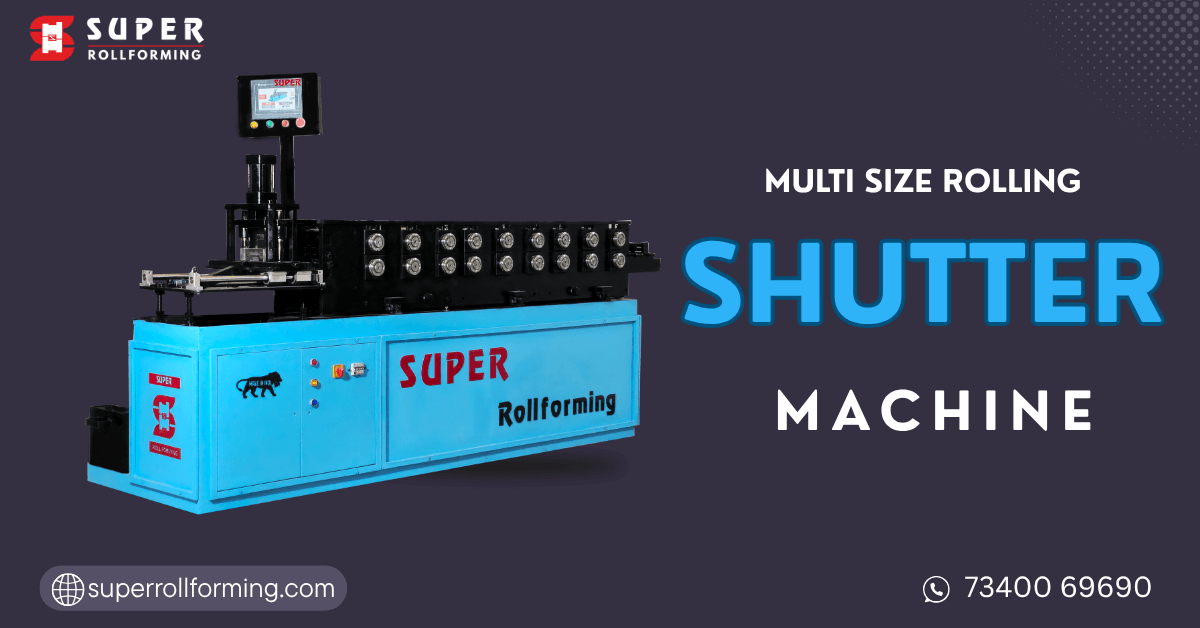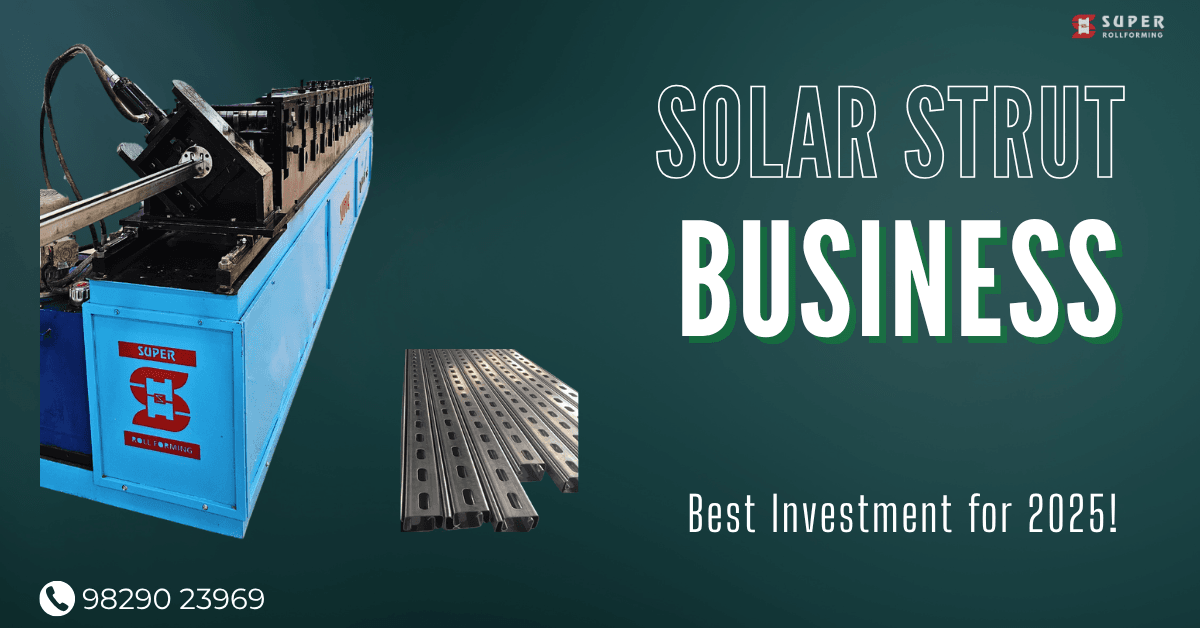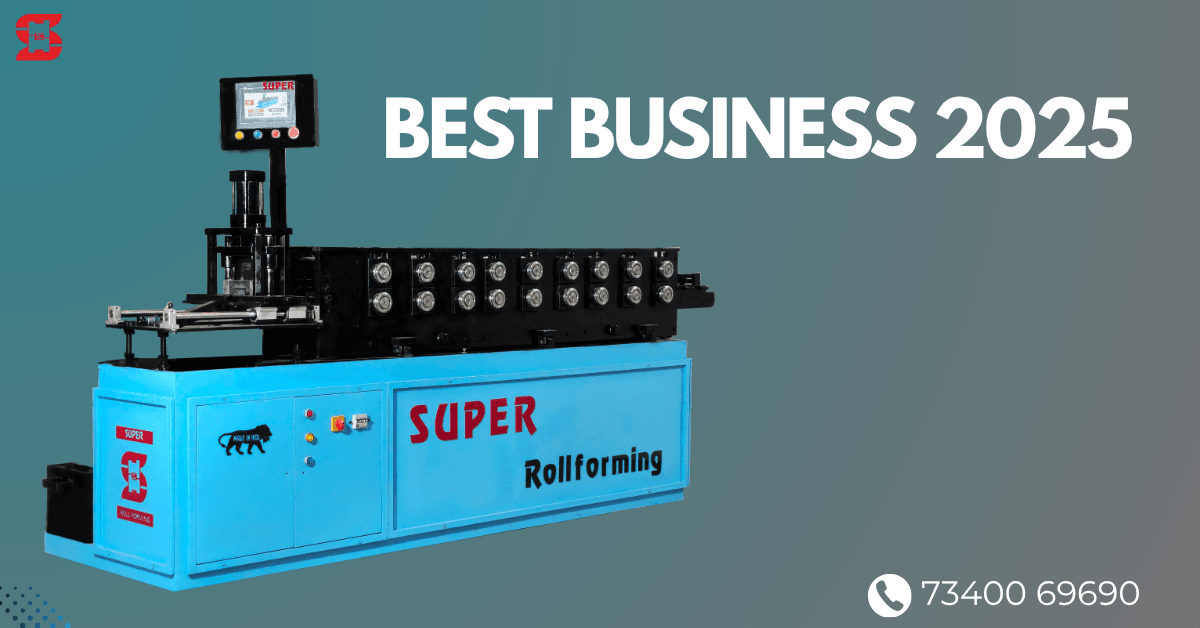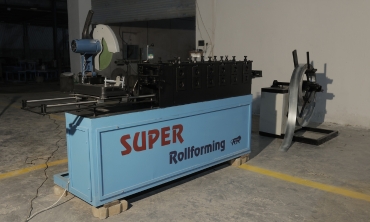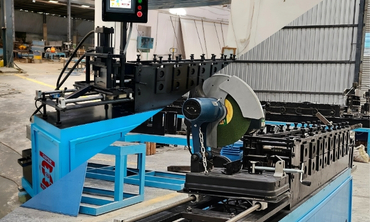Introduction
In the manufacturing of rolling shutters, selecting the right machine can significantly impact productivity, efficiency, and overall costs. Whether for industrial, commercial, or residential use, businesses often face the dilemma of choosing between automatic rolling shutter machines and manual rolling shutter machines. This article compares both options, covering the pros and cons, key features, and considerations to help you make an informed decision for your business needs.
Understanding Rolling Shutter Machines
Rolling shutter machines are specialized devices designed to produce shutters for various applications, from security and privacy to insulation. Based on operation style, they fall into two main categories:
- Automatic Rolling Shutter Machines – These are electrically or pneumatically operated, providing hands-free functionality.
- Manual Rolling Shutter Machines – These require human intervention to operate, often using a crank or chain.
Benefits of Automatic Rolling Shutter Machines
Automatic machines are becoming increasingly popular due to their advanced technology and ease of use. Here are the primary benefits:
Enhanced Productivity
- Automatic machines streamline the shutter manufacturing process, increasing productivity.
- With automated operation, they can manufacture shutters at a faster rate compared to manual machines.
Improved Accuracy and Precision
- Automatic machines use advanced programming and control systems that ensure precise cuts and folds, resulting in higher product consistency and quality.
Ease of Operation
- Workers can operate these machines with minimal physical effort, reducing fatigue and improving workflow.
Reduced Labor Costs
- With automation, fewer workers are required, which lowers labor expenses and reduces human error in production.
Increased Production Capabilities
- Automatic machines are often designed for high-volume output, making them ideal for larger manufacturing units or companies with growing demands.
Customization and Flexibility
- Many automatic machines come with programmable settings, allowing manufacturers to create custom designs and dimensions easily.
Drawbacks of Automatic Rolling Shutter Machines
While automatic machines bring advanced features and ease of use, they also have some drawbacks:
Higher Initial Investment
- Automatic machines are more expensive than manual ones, making them a considerable investment, especially for small businesses.
Maintenance Costs
- These machines require regular maintenance and technical expertise, adding to the operational costs.
Complex Setup and Training
- Setting up an automatic machine often requires technical assistance, and operators may need training to understand and manage the system effectively.
Benefits of Manual Rolling Shutter Machines
Manual rolling shutter machines have been the traditional choice for many manufacturers. Here’s why some businesses still prefer manual machines:
Cost-Effective Option
- Manual machines are generally cheaper, making them accessible for smaller businesses with limited budgets.
Simplicity and Reliability
- With fewer moving parts and complex mechanisms, manual machines are simpler and have fewer chances of technical malfunctions.
Low Maintenance
- Unlike automatic machines, manual machines have lower maintenance requirements, leading to reduced upkeep costs.
Suitable for Small-Scale Production
- Manual machines are ideal for businesses with smaller production needs, allowing them to manufacture custom shutters on-demand.
Easier to Operate and Repair
- Due to their simpler design, operators require minimal training, and repairs are often straightforward and cost-effective.
Drawbacks of Manual Rolling Shutter Machines
While manual machines are cost-effective, they have limitations that may impact productivity:
Labor-Intensive
- Operating a manual machine requires significant physical effort, leading to worker fatigue and slower production times.
Lower Production Speed
- Since manual machines rely on human effort, they produce shutters at a slower rate, which may not be suitable for high-demand production environments.
Inconsistent Quality
- Manual operation increases the likelihood of inconsistencies in product quality, as precision may vary between workers.
Key Differences Between Automatic and Manual Rolling Shutter Machines
| Feature | Automatic Machines | Manual Machines |
|---|---|---|
| Cost | Higher initial cost | More budget-friendly |
| Production Speed | Faster production, high volume | Slower, suitable for small-scale |
| Labor Requirement | Less labor-intensive | More labor-intensive |
| Maintenance Needs | Requires more maintenance | Low maintenance |
| Quality Consistency | High consistency and precision | May vary, less consistent |
| Ease of Use | Easy with some training | Straightforward operation |
| Customization | Programmable for custom designs | Limited customization |
Choosing the Right Machine for Your Business
When deciding between an automatic and a manual rolling shutter machine, consider the following:
Budget
- Automatic machines may offer long-term savings through higher productivity, but manual machines are more budget-friendly.
Production Requirements
- High-demand environments benefit from the speed and precision of automatic machines, whereas small-scale operations may find manual machines sufficient.
Workforce
- If reducing labor costs and minimizing physical strain are priorities, automatic machines are the ideal choice.
Future Growth Plans
- Automatic machines allow for scalability. For businesses planning expansion, investing in automation could prove beneficial.
Quality Expectations
- Automatic machines offer greater quality control, so if consistency is key, they are the better option.
Conclusion
Both automatic and manual rolling shutter machines come with distinct advantages and drawbacks. For high-volume production, increased consistency, and reduced labor requirements, automatic machines are often the superior choice. However, for smaller businesses or those with limited budgets, manual machines provide a cost-effective solution while still delivering quality results.
Selecting the right machine depends on various factors, including budget, production scale, and long-term goals. By carefully assessing your business needs and considering both options, you can make a strategic choice that supports growth and operational efficiency.

